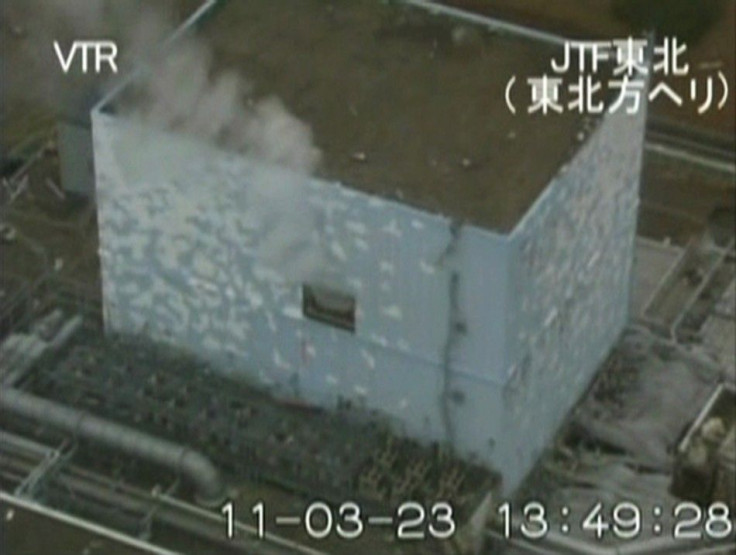Radioactive Water Found In Two Reactor Buildings

Japan's Nuclear and Industrial Safety Agency said it detected several kinds of radioactive material in the water on the floor of reactor buildings at the Fukushima Daiichi nuclear power plant.
The agency posted two releases, both outlining what was found in the water that flooded the buildings and is now in puddles. The agency also said at a press conference that radioactive water has been found in a tunnel between the buildings and the ocean.
Radiation levels at the surface of the water in Unit 2's turbine building were measured on March 26 and 27. Unit 2 did not suffer explosions as Units 1 and 3 did. Initially reports emerged that the radiation levels were 10 million times normal, but that was later downgraded to 100,000 times normal. NISA says the dosage would be 1,000 millisieverts per hour at the surface of the water in the turbine building of Unit 2.
That level is enough to cause short-term health problems. According to the World Nuclear Association, a trade group for the nuclear industry, it is enough to cause acute sickness and increase the risk of cancer. But that dose rate would only apply near the surface of the puddles - further away it would drop dramatically.
The isotopes found in the water were cobalt-76, technetium-99, silver-108, iodine-131, iodine-134, four isotopes of cesium, barium-140 and lanthanum-140. All have half-lives measured in hours or days, with the exception of cesium-137.
On March 25, NISA released the isotopes found in Unit 1. In that case the radiation dosage was in the 60 millisieverts per hour range. The isotopes in that case were chlorine-38, arsenic-74, yttrium-91, iodine-131, cesium and lanthanum.
In both cases many of the isotopes are products of nuclear reactions, and raise concerns that the contamination came from the reactor core or the spent fuel pools. NISA said that it is possible the water came in contact with the fuel rods in the reactors but it isn't clear how that would happen.
In Unit 3, where two workers were injured by highly radioactive water, there were similar isotopes found that could indicate a containment breach, though there is no official confirmation yet that such an event has happened.
© Copyright IBTimes 2025. All rights reserved.





















